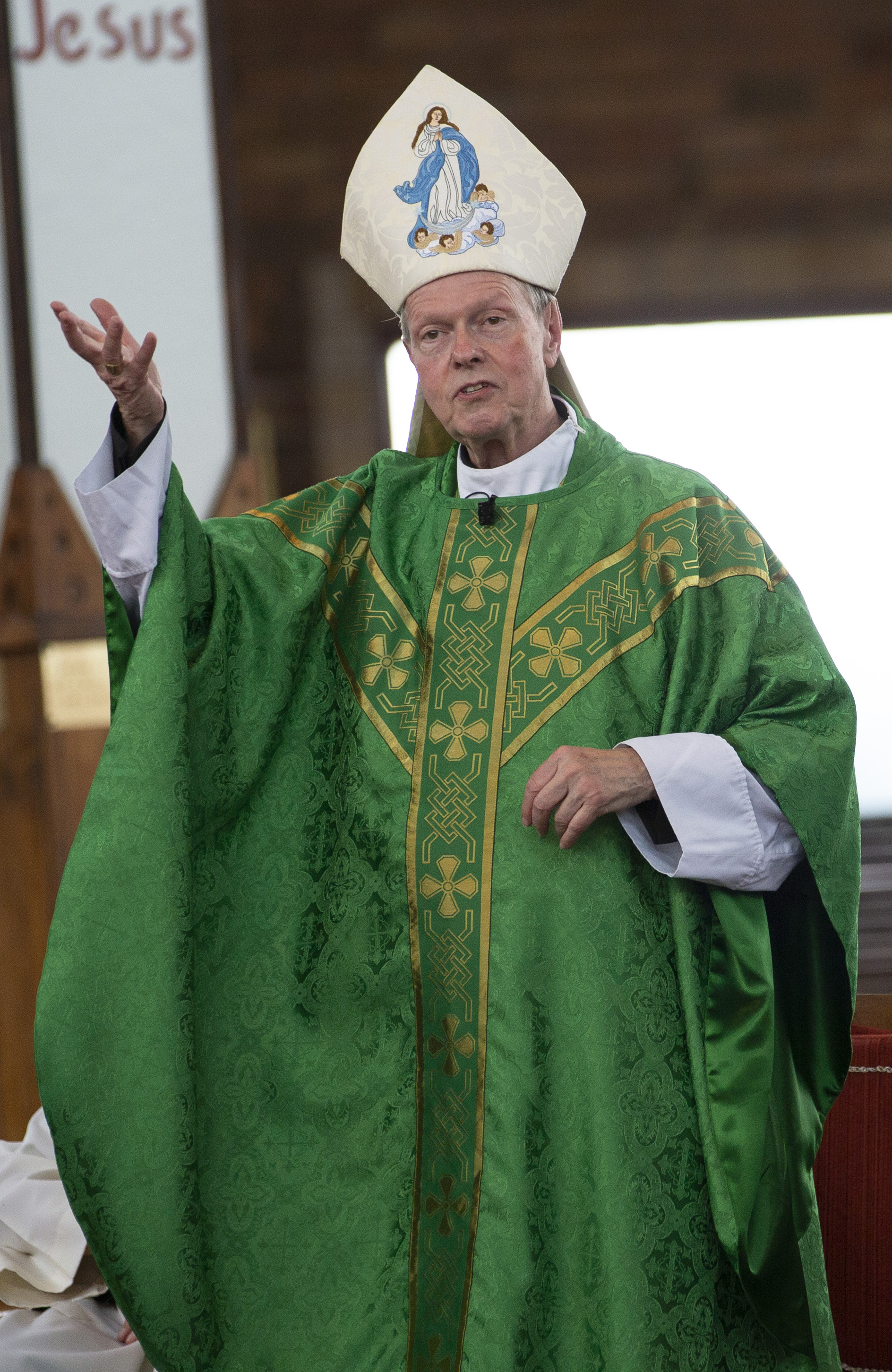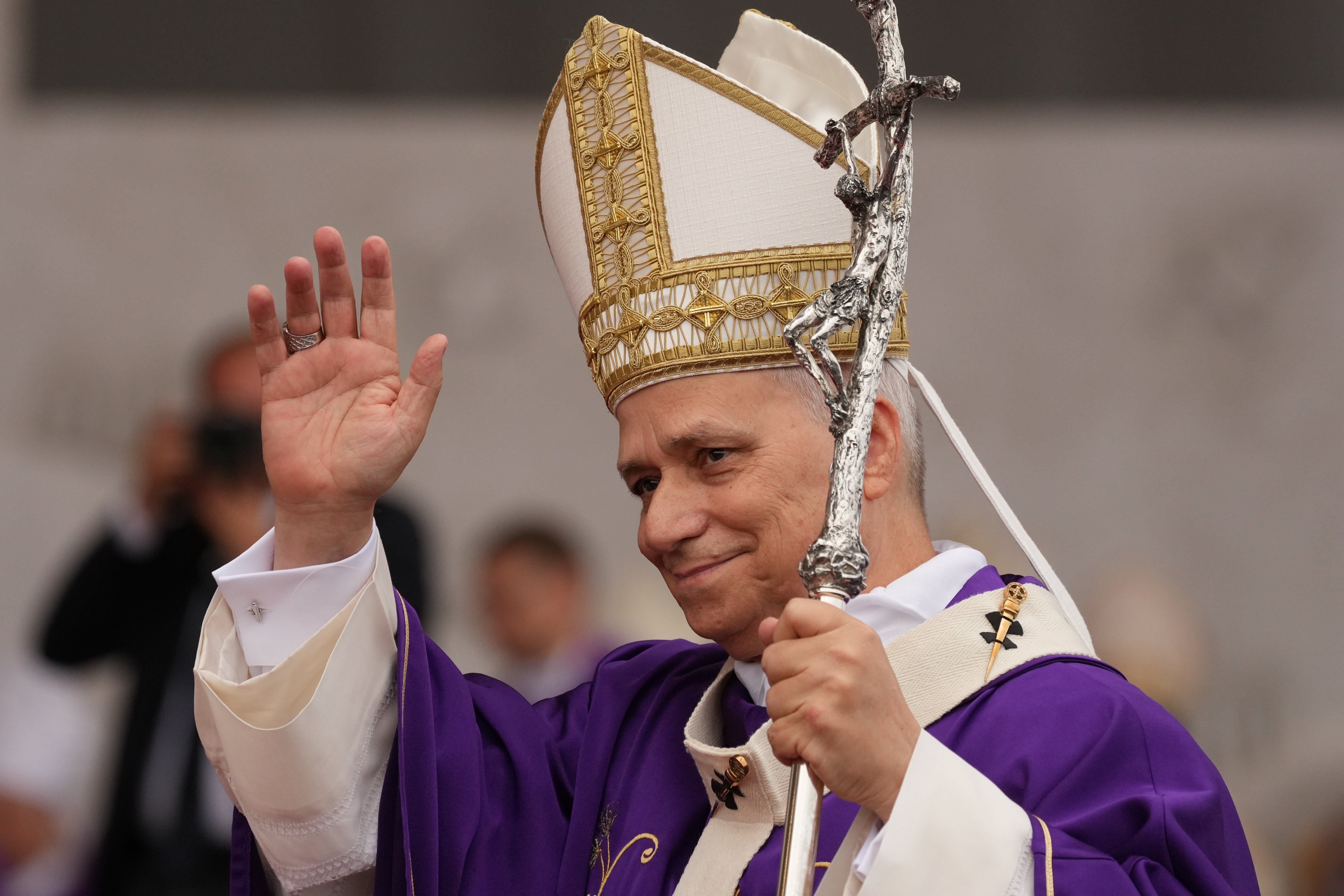July 3, 2019 at 1:47 p.m.
Agricultural metaphors abound in the Bible. Among the parables of Jesus, farmers figure prominently. Mary Magdalene even mistook Jesus for the gardener as she wept at the empty tomb on Easter Sunday (Jn 28:15). Maybe she was onto something. In the beauty and intimacy of our gardens of faith, Jesus plants and grows our spiritual lives.
As a transplant from Brooklyn — yes, forgiving the pun, a tree has been known to grow even there — I appreciate the inspiration the fields, meadows and gardens of our beautiful Diocese can offer our spiritual and ecclesial imaginations. To wit, a visit to Father Antony Barratt’s stunning English garden in Hudson (Parish of the Holy Trinity) recently got me thinking outside the “corporate” box that typically frames pastoral and strategic planning in the U.S. We default to business management models. Parishes, like companies, are subjected to market analyses of supply and demand, giving consumers what we think they want. And if the product doesn’t sell, we consolidate or shut the plant down.
Our faith, unlike a manufactured product, is a perennial. It contains the seed of eternal life, the loving presence of the Lord of all life in our souls. Sown liberally by a prodigal God, it will inevitably take root and grow if the soil is fertile and the shoots are allowed to grow (cf. Mk 4:1-20).
The genius of the English garden is that it has a look of riotous spontaneity. A certain wildness suggests it just blossomed naturally. Yet in its orderliness, while never strained, everything fits. Mottled with leaves and flora, colors and textures that contrast yet complement, it clearly, though subtly bears the stamp of intelligent design. The gardener’s abiding presence is undeniable, yet secreted, evident in the fine art of tender, loving care on display, not administrated, but cultivated.
It occurs to me that a parish might be conceived as such a garden. In these days pastors bear enormous administrative burdens that can consume their spiritual lives and challenge their pastoral presence, so much that the viability and vitality of the parish itself often teeters in the balance, often on the verge of collapse.
Add to this the mounting specter that the Catholic faith itself, violently under attack in many parts of the world, may be subject even here to outright persecution, akin to what Christians throughout the ages have experienced. In 16th century Japan, for example, despite inroads by St. Francis Xavier and the Jesuit fathers, Christianity came to be seen as a threat to national unity. Eventually, the faithful were forced underground, without the presence of their pastors. Parishes without resident clergy are increasing in formerly Catholic countries, like France and Germany, and in many areas of the United States.
Already in the first Christian century, the apostles were frequently on the road. The letters of St. Paul attest to this. Yet the communities thrived and, in the Acts of the Apostles, we even hear the names of prominent lay members of those “parish families” cited.
I have always thought of a parish as a family of families and family for all without family. Strengthening spiritual bonds within and between families is the natural, “organic” way to grow a parish. Rather than a top down, overly managed approach, with goals and activities defined and programmed by non-parishioners, growth and direction flow from the active, common prayer life of the members, who are well supported, evangelized and catechized.
Father Patrick Peyton’s famous saying, “the family that prays together, stays together,” is worth pondering. We have seen the rise of vocations from countries, regions, cultures and organizations where strong family spiritually and support encourages them — growing families steeped in prayer, as I have witnessed, many even schooling their own children.
Parishes that foster Lectio Divina, for example, are providing a foundation for families and friends to come together prayerfully, to engage in conversation and, most of all, listening. Where “church” is not only a matter of going TO church but sharing it in more intimate, familial activities, it offers a way for Jesus to be experienced more personally.
A good prayer-group leader can function much like a gardener, allowing each type of plant to grow in its own time and space. St. Paul and Pope St. John Paul II both developed what we can call “theologies of the body” which build the ecclesial dimensions of our relationships solidly on the nature of human persons, and our essential nature. We complement and contrast one another, each member finding a place in building up the entire Body of Christ, much like the English garden. What comes to fruition, through the Holy Spirit operating in the body and through prayerful leadership, is a stronger and more cohesive community upon which the sacramental life of the Church can be celebrated joyfully and more authentically. We don’t just “go” to church, but we become church through our growing together in prayer and personal witness, sharing our stories of faith and encouraging one another. And Jesus abides as that secret gardener.
facebook.com/AlbanyBishopEd
@AlbBishopEd
- God’s plan of salvation greater than today’s ‘weaponized strategies,’ pope says
- Take time to review the past year with God, Pope Leo suggests
- Missionary on the move: Where Pope Leo XIV might travel next in 2026
- Dispensation in Columbus diocese for those who fear immigration crackdown pursuit
- Puerto Rico Catholic governor signs historic personhood law for the unborn
- Wisconsin man’s Catholic faith revived after finding bishop’s crosier in scrapyard
- ‘Knives Out’ discovers the strange, attractive light of the Christian story
- Why is New Year’s Day a holy day of obligation?
- India: Christmas celebrations disturbed or canceled over Hindu nationalist violence
- Vatican says close to 3 million people saw Pope Leo at the Vatican in 2025








Comments:
You must login to comment.